Dylan (almost 4 years old) seemed to want to be in control.
He's sensitive to anyone standing too close or telling him what to do.
He responds with hitting, pushing, and even hitting his teachers with blocks.
Sometimes children who seem to want to be in control have some trauma in their history so while these types of behaviors can initially push my buttons as much as anyone else’s I know these are the moments we need to breathe through as early childhood educators.
Then, we can ask ourselves…
What does this child need?
In Dylan’s case it seemed that he needed her to coach him through upsetting situations so that he could effectively communicate verbally, know that his words matter, and get his needs met.
Do you have children in your classroom who react with aggression when anyone comes too close or tells them what to do?
If so, I want to offer you a tool.
I call it BOB.
(I’m not saying it’s the best acronym I’ve ever come up with but I find it pretty easy to remember).
Here's how BOB works...
Be nearby and get in between.
Get over there at the earliest sign of distress or whenever you see anyone telling the child what to do or get too close! Tips and empathy....
I know it's hard! You're juggling a million things and you've got 16...20...24 kids.
But, if you get there after the moment of aggression you're too late.
If you know a child hits under certain circumstances see if you can be nearby or get over there quickly. You'll spend less time on this in the long run.
Offer words.
Dylan was already using words so Loretta could just repeat them. If the child is not coupling their aggression with words then take a guess as to what they want to communicate through their actions. Here are some tips:
Give them the exact words they can repeat.
DO NOT say, “Tell Amelia she’s too close to you.”
INSTEAD say, “Dylan, tell Amelia: ‘too close!’”
See the difference?
Offer a hand signal (hand up for stop/too close) if the child does not have language.
If the child says "no, that's not what I want!" GREAT! That is so much better than them hitting. Work with them to get the words that fit for them.
Don't get hung up on politeness. We're working on a downshift from hitting. Let's pick our battles.
This is coaching. No questions: "Dylan, do you want to tell Amelia how you feel?"
Approach this with a calm confidence.
Back the child up
Instead of trying to control the behavior or convince the child to be reasonable simply repeat what they want or need. Then, help the children negotiate from there. It might look something like this...
“I hear Dylan saying ‘I’m cleaning the food. Not you.’ It sounds like Dylan wants to clean by himself. Amelia, how about you clean the babies instead?” or...
“Dylan said, ‘I’m clearing the food. Not you.’ Maybe Dylan doesn’t like anyone standing too close. Let’s give Dylan some space. What else needs clearing, Amelia?”
Continue to “Be nearby and get between” as long as you suspect the child may aggress.
Folks, this changes everything.
When we BOB we instantly build trust and rapport with children like Dylan and they start to look to us to navigate the world around them.
Do you think this could work for you and any of the children in your class, too?
Are you already doing something like this?
Let me know in the comments below!
Want a little more insight on how to help children negotiate their needs using BOB?
Click these words to read Loretta’s excellent example of this...

